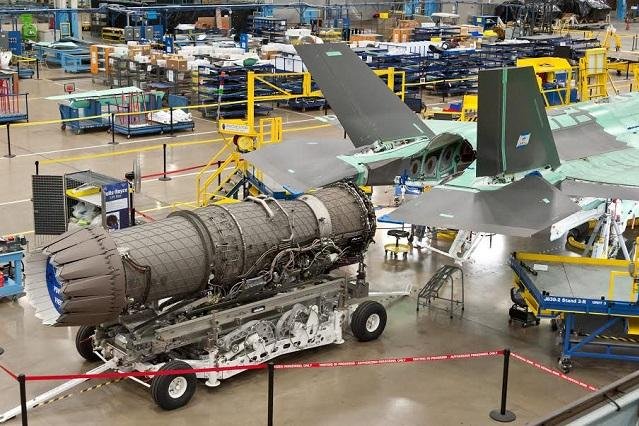AETP engine would work with both the F-35A and C, and should be ready by 2028, however it seems USN was not that interested. Perhaps the extra range does not make sufficient difference in the vast pacific and they would need substantial tanker support anyways?
Tweedie said GE could have an XA100 production model ready for the F-35A and C in 2028—and the engines would integrate “seamlessly” with both aircraft. But making an AETP engine fit the F-35B, which has a unique propulsion system for vertical operations, will require substantially more development work, Tweedie acknowledged. He declined to say how much longer an F-35B-configured engine would take to develop and bring to production. But it can be done, he insisted.
He noted that the F-35A/C and F-35B use different versions of the F135 already; they are “not interchangeable,” although there is some commonality, he said.
The F-35 Joint Program Office asked GE to look at what would be necessary to make the XA100 work with the F-35B’s lift fan, drive shaft and swivel exhaust nozzle, Tweedie said, with emphasis on “how much commonality” and “how much ‘unique’ there would be” between the two versions.
GE was “pleased with the results of the study, in terms of our ability to show a path to make the modifications in a in a B-model derivative that could provide some good capabilities,” he said.
For its part, the JPO agreed “it would be a separate, incremental effort” from the conventional takeoff version, Tweedie continued. “We’ve provided what those incremental costs and timing would be.”
GE gave the JPO and Marine Corps, which operates the F-35B, an estimate of how long a separate AETP engine would take, but Tweedie declined to share it, except that it would be “after” the 2028 target for the conventional takeoff version.
Air Force Secretary Frank Kendall has said the service would like the performance improvements offered by the AETP engines, but USAF would have to bear the development costs alone if the Navy and other partners aren’t interested.

 www.airandspaceforces.com
www.airandspaceforces.com




